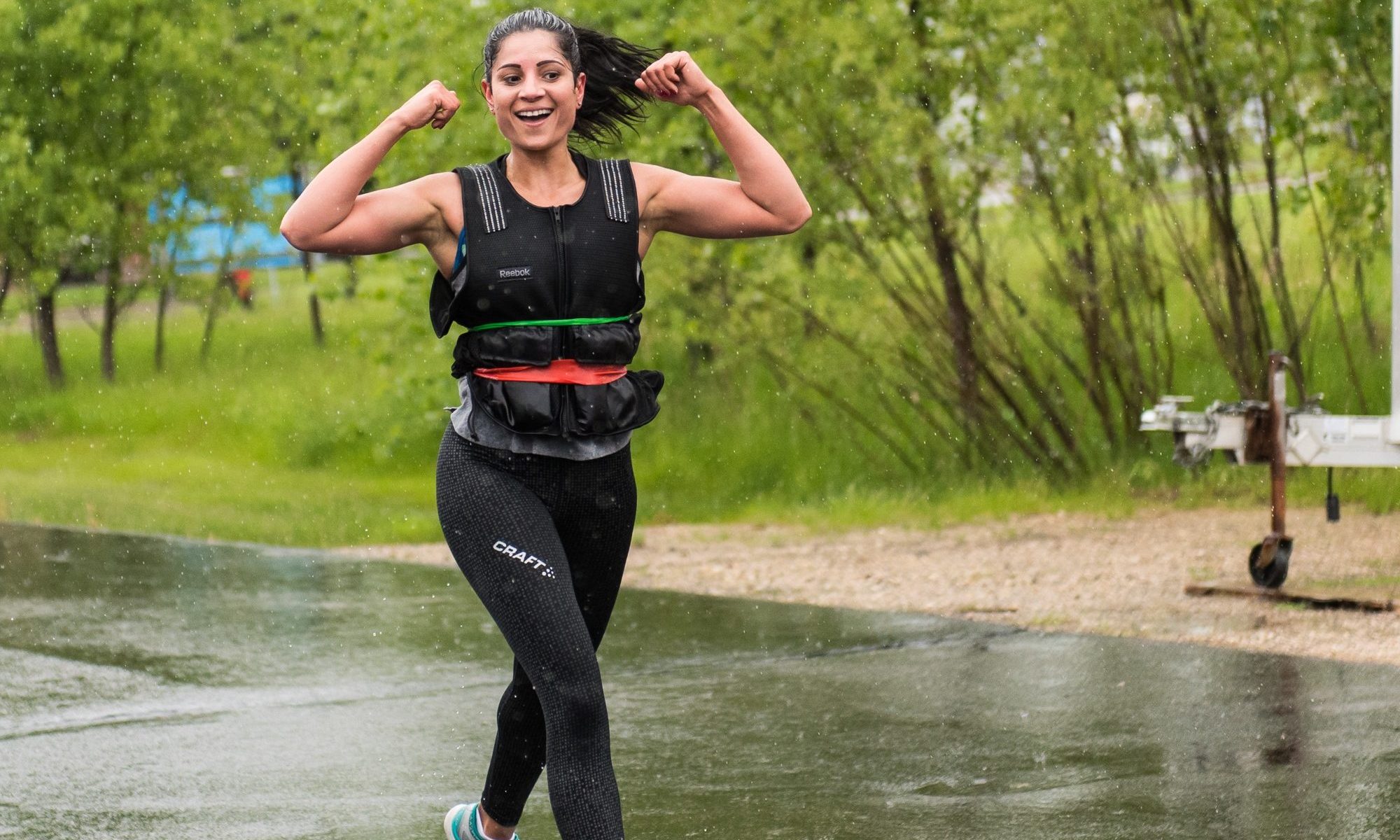Walking burns calories, gets your muscles moving, and prompts you to step outside in nature. I love walking my dogs through meandering hiking trails around my area. Recently, more people are rucking or walking with weighted vests. Rucking refers to walking or hiking while wearing a weighted backpack or rucksack. Recently, researchers explored whether wearing a weighted vest while walking could increase energy burn. Let’s look at the research.
The study

In a study published in Medicine & Science in Sports & Exercise, researchers wanted to know how walking or standing while wearing weighted vests impacts energy use. Researchers were interested in learning more about weighted vests and energy use because the weight is distributed differently compared to rucksacks.
The study involved 20 healthy adult participants who walked on a treadmill at varying speeds wearing weighted vests. The vests weighed 0%, 22%, 44%, and 66% of the participants’ body weight. Researchers measured energy burn and oxygen use with a special breathing mask.
The results

The researchers concluded that the metabolic rate or calories burned per kilogram increased as the weight increased. Interestingly, the speed decreased as the weight increased.
Here are the results:
- A 22% body weight vest ramped up energy burn by 12.4%, and a 44% body weight vest ramped up energy burn by 25.7%. For participants wearing a 66% body weight vest, energy burn hiked up by 41.2%.
- When compared to rucksacks, weighted vests also increase energy use but to a lesser effect. The researchers noted that every 10% increase in weight added to the body weight vest resulted in an energy increase of 13.8%. However, for every 10% of body weight added in a rucksack, the energy use goes up by 19.6%.
The takeaway

Wearing a weighted vest while walking doesn’t just deliver more strength gains; you’ll also ramp up your energy expenditure as you force your muscles to work harder. Adding more weight is more metabolically challenging and requires more oxygen intake. Additional research also supports the conclusion that weighted walking is an effective way to increase energy burn. Heavier vests are even more effective, with a vest weighing 66% of body weight leveling up energy burn by 41.2%.
If you decide to wear a weighted vest when walking, go for a weight that doesn’t compromise your brisk walking pace, which has been shown to provide a range of health benefits. If rucking is more your thing, the research shows that weighted rucksacks use even more energy as they exert an extra demand on certain stabilizing muscles.




